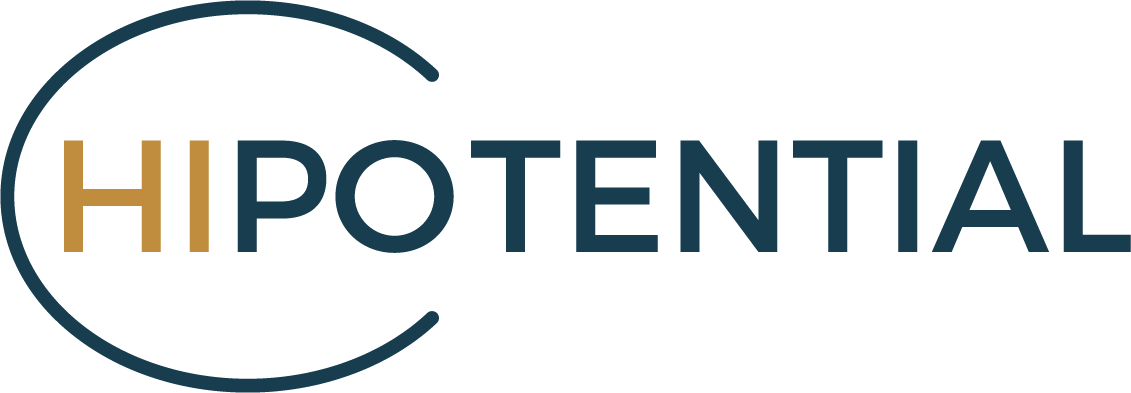What is organizational culture and why is it so important?
The organizational culture can be described as "the way we do things at us", and it unconsciously controls the choices, behavior and efforts of the people in your organisation. It is the sum of the organisation's lived attitudes and values, which are not always the same as the organization so nicely markets on its websites. Culture can have a major impact on the organisation's financial results so it is well worth spending resources on finding out which values and attitudes govern much of the behavior in your organisation.
Does the culture support the organisation's strategies and goals for the future? Research shows that the wrong organizational culture can cost an organization dearly.
Many organizations are good at measuring what you actually do in the organization. They have meeting minutes, an overview of various
”Beneath the surface lie our values and beliefs – the components of your culture that make a real difference between success and failure”
Richard Barrett,
Barrett Value Centre
processes and routines, job descriptions and the results they achieve. But they often forget to measure what is behind the actions - why we act the way we do. If you want to influence the organizational culture - values and attitudes that govern the employees' behavior - we recommend measuring the status of the organization today based on which values and attitudes prevail. We then recommend that you work focused to first find which values and attitudes are necessary to achieve the desired strategy in your organisation, and then work purposefully to live up to these values.
How can we help you try to change your organisation's values and culture?
We help you to measure whether your organization lives up to its stated values, or whether there are other, more unhealthy values that are most prevalent in the organization - values that prevent the organization from achieving its goals and strategies.
"In most cases, there is often a huge gap between what the leadership wants the organizational culture to be – known as aspired culture – and what it actually is, known as actual culture"
Tone Ringstad, Cultureengine
We can highlight concrete patterns of behavior that are different in today's culture than the culture you strive for, and provide support in the process to be able to live up to the values you see as necessary for the organization to achieve its goals and be successful. What
is required of your behavior and attitudes to succeed in the market? It is important that the results from measurement and analysis are communicated to everyone in the organisation, and that they are discussed in the respective teams. In this connection, working environment seminars are recommended, where the results are shared and the team can discuss what this means for them and how they can work on improving in various areas. Individual coaching by the team's leaders often shows a good effect in bringing about lasting change. Linking desired values to employee interviews, KPI and reward also proves to be very useful.
However, one must be aware of not gaping at too much at once. If today's culture is very different from what is needed, it will be difficult to achieve the strategy set for the future. The now well-known phrase "culture eats strategy for breakfast" has something to it in this respect, and you should start a targeted effort to place as much emphasis on focusing on the organizational culture as you do on the strategy.

